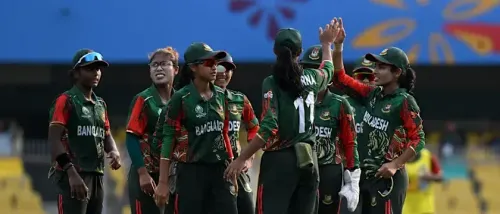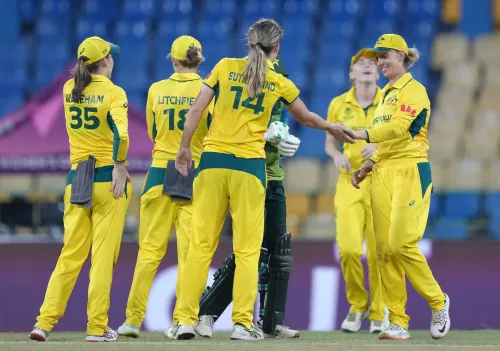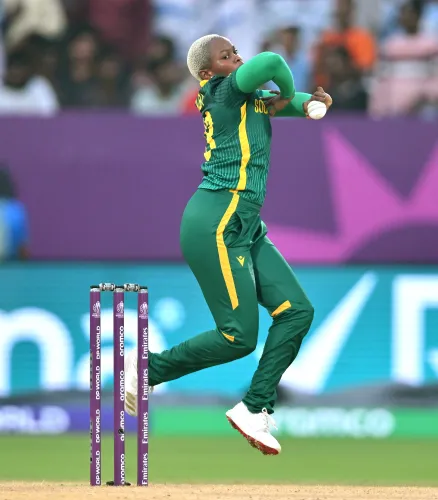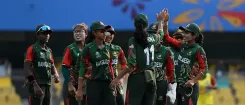Is Batting Deep the Key to Success for Teams in the Women's World Cup?
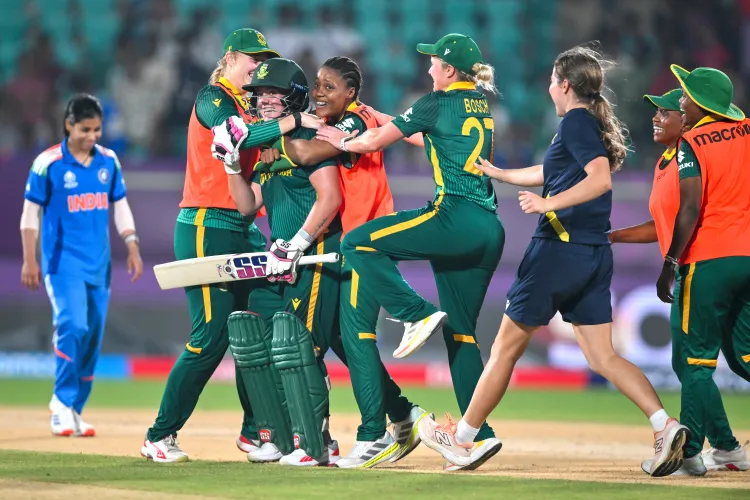
Synopsis
Key Takeaways
- Late-order batting is becoming essential for teams' success.
- Players can turn matches around even after early wickets.
- Strong partnerships in the lower order can lead to higher totals.
- Statistics show middle-order success in the Women's ODI World Cup 2025.
- Teams should focus on resilience and strategic batting.
Visakhapatnam, Oct 10 (NationPress) South Africa's triumph over India in the Women's World Cup has underscored a growing trend in this year's 50-over tournament — late-order batting is pivotal for both victories and defeats. Teams need not despair even if they lose wickets rapidly at the beginning.
Beth Mooney of Australia demonstrated this recently against Pakistan in Colombo. On Thursday, Richa Ghosh and Sneh Rana showcased similar prowess for India, while Chloe Tryon and Nadine de Klerk contributed crucial runs, despite their teams losing six wickets without a score in the match.
Mooney salvaged the reigning World Champions, Australia, from a precarious 76/7 to help them reach 221/9 in 50 overs, securing a well-deserved century. In Thursday's match, Richa Ghosh smashed a 77-ball 94, partnering crucially with Amanjot Kaur (13) and Sneh Rana (33 off 24), propelling India from 102/6 to a total of 251. Nadine de Klerk's unbeaten 84 off 54 balls, along with Chloe Tryon's 49 from 66 balls, enabled South Africa to chase down the 252-run target in 48.5 overs, clinching a thrilling victory.
These matches, along with India's initial games, reinforce the notion that batting deep is essential in this World Cup, and statistics further reveal that middle-order batters are flourishing in the ICC Women's ODI World Cup 2025.
According to data from ESPNcricinfo, the top four batters have accumulated 1774 runs in 20 innings across 10 matches, which includes 11 scores of fifty or more and a century partnership. In contrast, batters from No.5 and below have tallied 1740 runs, featuring 10 fifty-plus scores and forming two century partnerships.
South Africa's Nadine de Klerk acknowledged that teams capable of batting deep can recover from challenging situations.
"I'm really pleased we managed to get over the line. The most crucial aspect, as we've observed in this World Cup, is that you simply have to endure. It doesn't matter if you're batting at No.8 or No.9; give yourself a chance. Richa (Ghosh) did that for India today. Just focus on batting time," she stated during the post-match press conference.
"When you reach the last 10 overs, you can really start backing yourself and take risks. If it pays off, those 70 or 80 runs in the final 10 overs can greatly impact totals," she added.
She also noted that seam bowling is comparatively easier to face in the latter stages of an innings during this World Cup than spin bowling.
"I believe seam bowling was much more manageable on this wicket, and even when we bowled at the end, it felt like a good wicket. However, their spinners bowled exceptionally well during the middle phase. We anticipated that in the final 10, they would have to bowl several seamers, which would be the easier option to tackle. As I mentioned, we played smart cricket. Chloe and I aimed to bat deep. We knew if we needed 40 off the last four with both of us still in, we could achieve it. It was about building that partnership, settling in, and then targeting the pacers, which was the plan all along," de Klerk explained.
Teams are expected to perform well as they move forward, understanding that a match remains in play until the last ball, relying on their lower-order batters. If the top order establishes a solid foundation, the lower order can capitalize on it. If not, they are there to perform a rescue operation, captivating the world as they execute another remarkable feat.

